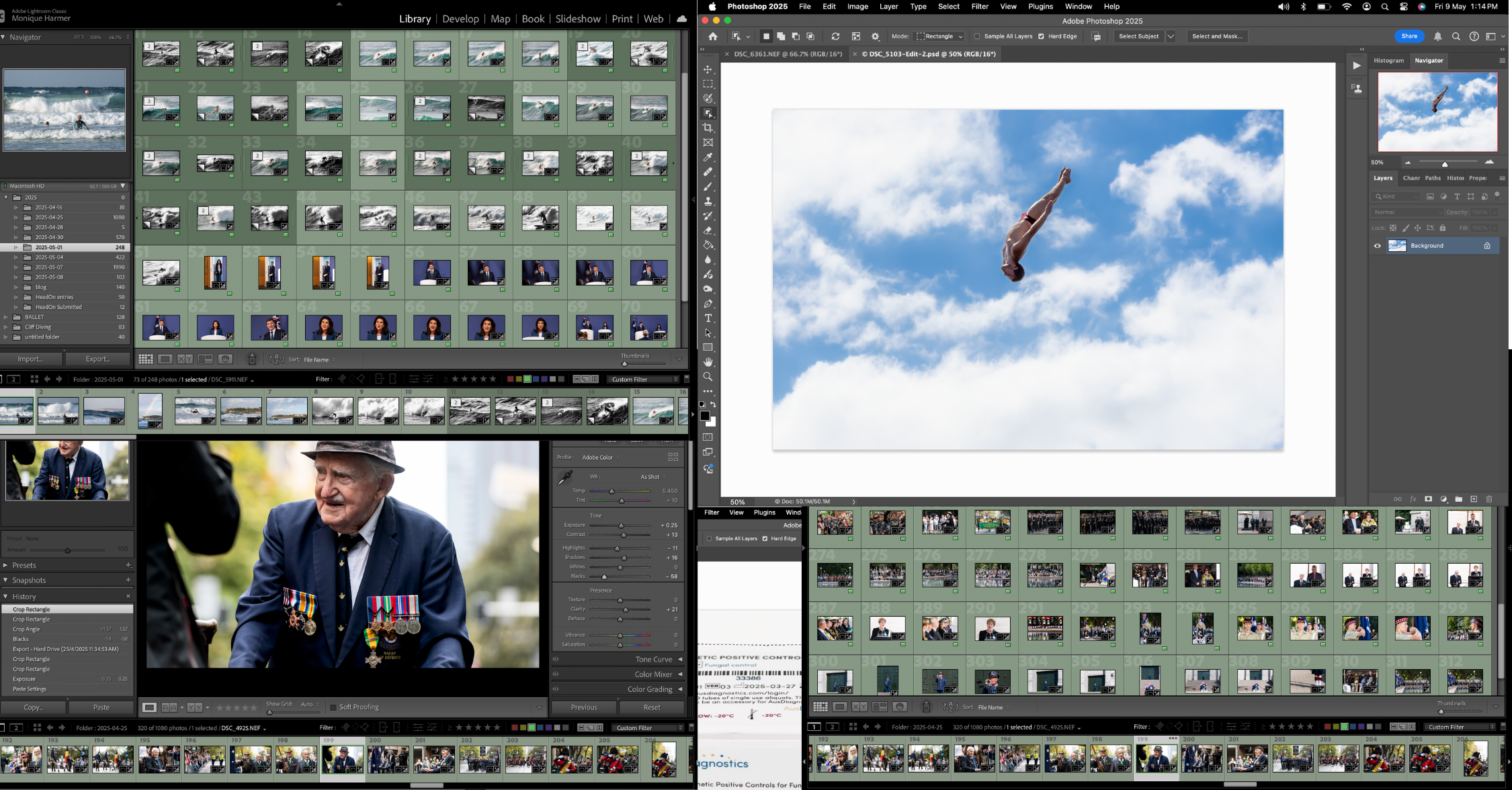
Edit Photos Like a Pro Lightroom Photoshop 2025
Mastering Creative Control📸 How to Edit Photos Like a Pro in Lightroom & Photoshop (2025 Creative Photographer’s Guide) How do you edit photos like a
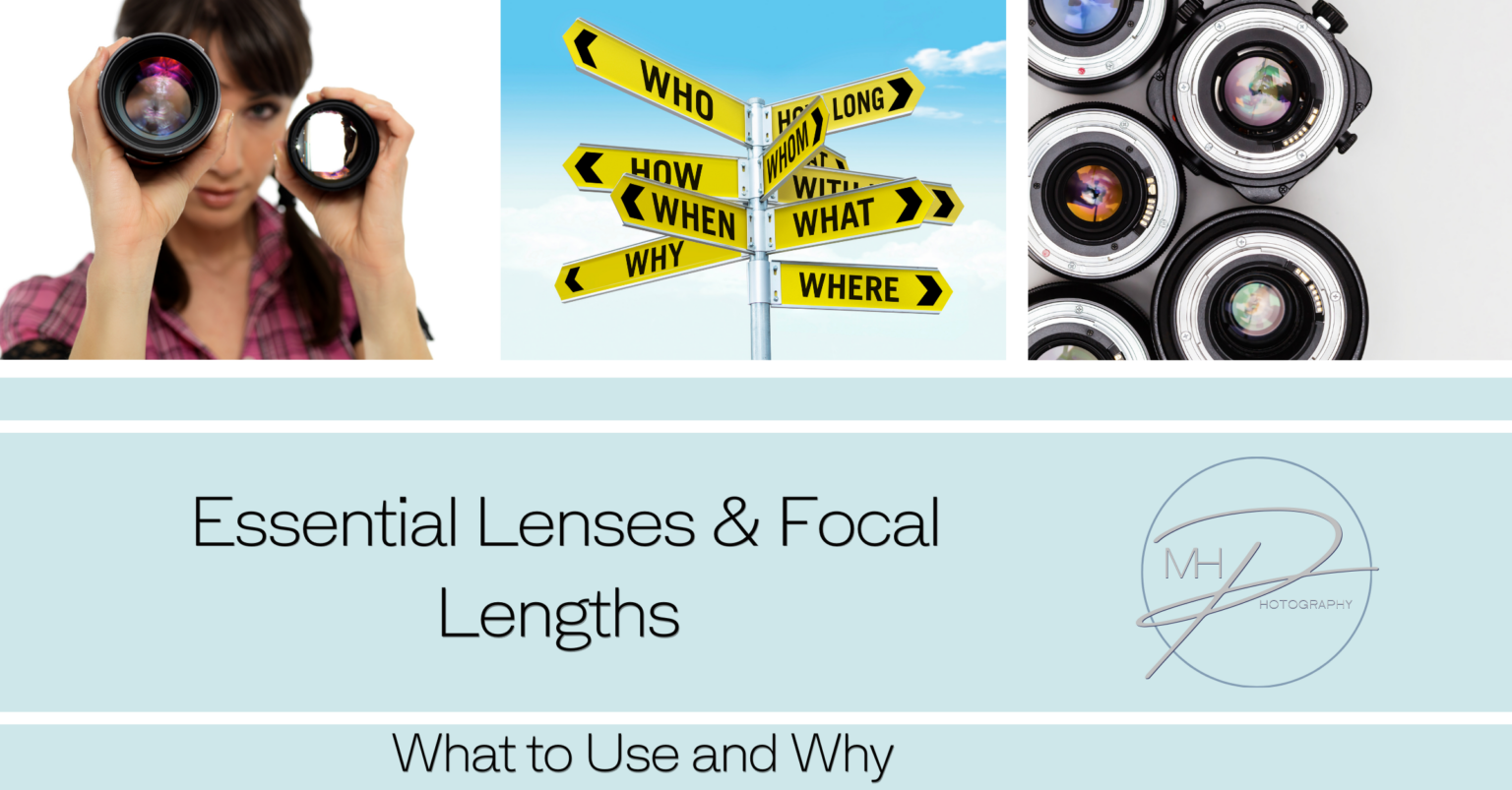
As an amateur photographer, understanding focal lengths and lenses will help you capture better photos for different situations. Let’s break it down in a simple, practical way.
📏 Short focal length = Captures more of the scene (wider view).
📸 Best for: Landscapes, architecture, interiors, and street photography.
🔹 Why?
✅ Makes small spaces look bigger.
✅ Great for dramatic shots with leading lines.
✅ Adds depth to landscape photography.
🔻 Caution:
🚨 Can distort faces if used too close (not ideal for portraits).
📷 Popular choices:
📏 Balanced focal length = Looks natural, like the human eye.
📸 Best for: Portraits, street photography, and everyday shots.
🔹 Why?
✅ 35mm – A great “walk around” lens, perfect for storytelling and environmental portraits.
✅ 50mm (“Nifty Fifty”) – Super versatile, sharp, and works well in low light.
✅ 85mm – Ideal for portraits, giving a flattering background blur.
🔻 Caution:
🚨 85mm and longer need more space—hard to use in tight indoor settings.
📷 Popular choices:
📏 Long focal length = Brings far subjects closer.
📸 Best for: Wildlife, sports, concerts, and compressed portraits.
🔹 Why?
✅ Captures details from far away.
✅ Compresses background for a cinematic effect.
✅ Great for isolating subjects (background blur, separation).
🔻 Caution:
🚨 Heavier and more expensive.
🚨 Need a steady hand or tripod to avoid blur.
📷 Popular choices:
📸 Macro Lenses (90mm – 100mm) – For close-up shots of small subjects like flowers, insects, or jewellery.
📸 Fisheye Lenses (8mm – 15mm) – For ultra-wide, distorted creative shots.
📸 Tilt-Shift Lenses – Used for architecture and product photography to avoid distortion.
✅ Landscapes → Wide-angle (16mm-35mm)
✅ Portraits → 50mm, 85mm, 135mm
✅ Street Photography → 35mm or 50mm
✅ Sports/Wildlife → 200mm+ Telephoto
✅ Macro (Close-ups) → 100mm Macro
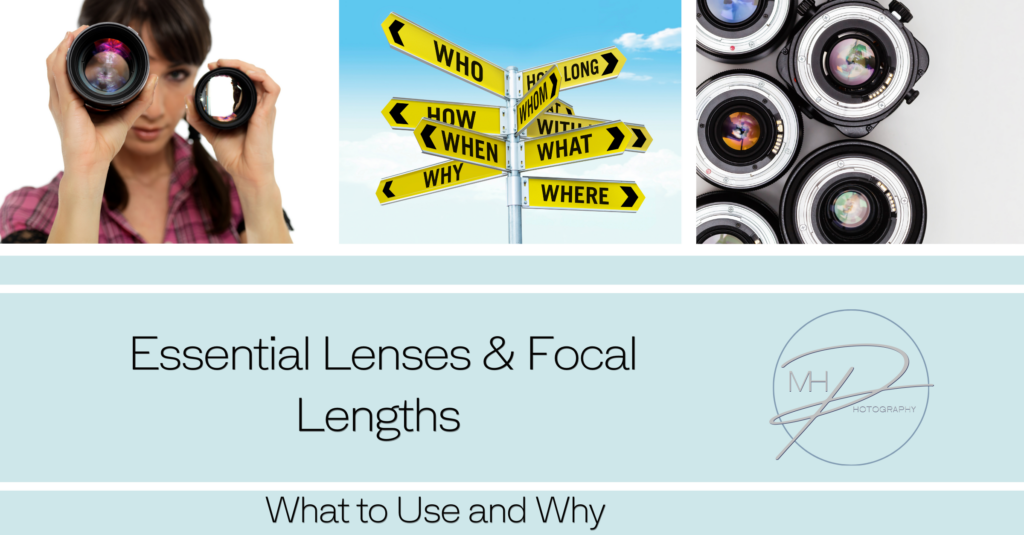
No spam, notifications only about new blogs & updates.
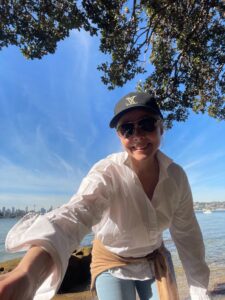
Personal and business brand image expert. Photographer and educator who is super passionate about empowering business women and men to have a positive self perception, with the right tools and guidance so they can share their gifts with the world.


Mastering Creative Control📸 How to Edit Photos Like a Pro in Lightroom & Photoshop (2025 Creative Photographer’s Guide) How do you edit photos like a
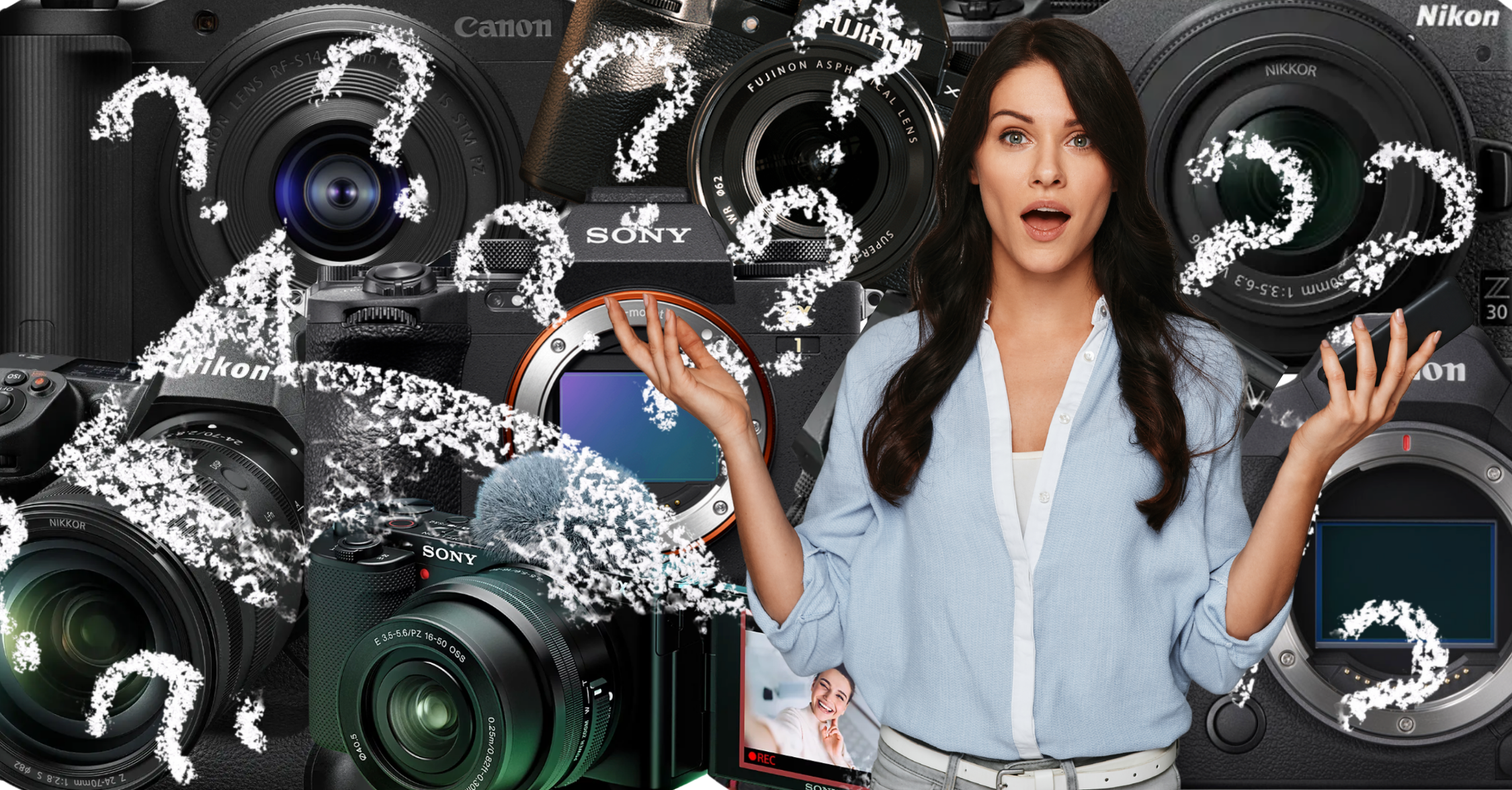
DSLR vs. Mirrorless in 2025: Which Should You Choose and Why It Matters In the fast-evolving world of photography, choosing between a DSLR and a
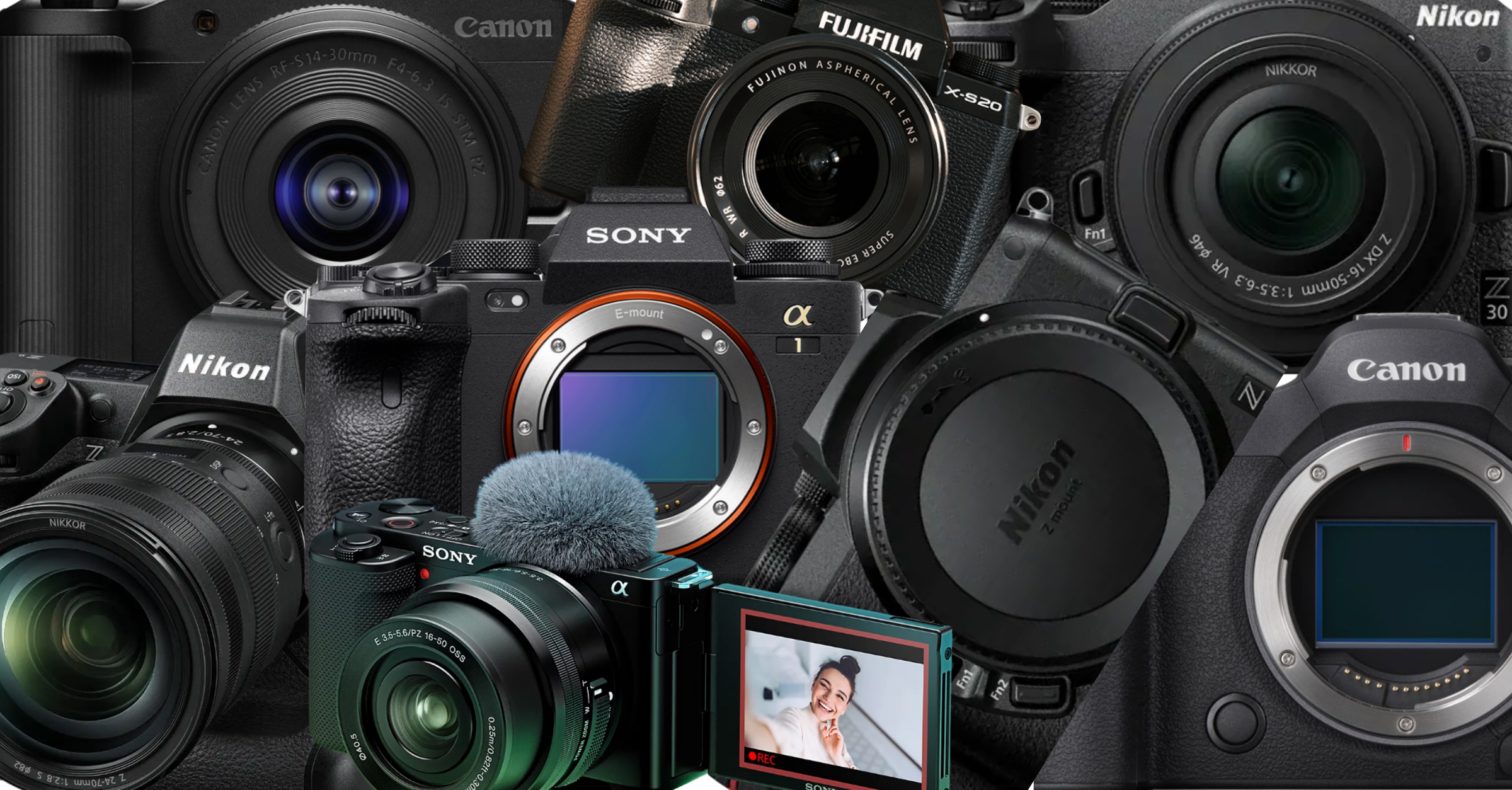
🔹 Best Cameras for Beginners (2025) 1. Canon EOS R50 Why: Compact, lightweight mirrorless with strong autofocus and image quality. Sensor: APS-C Key Features: Dual
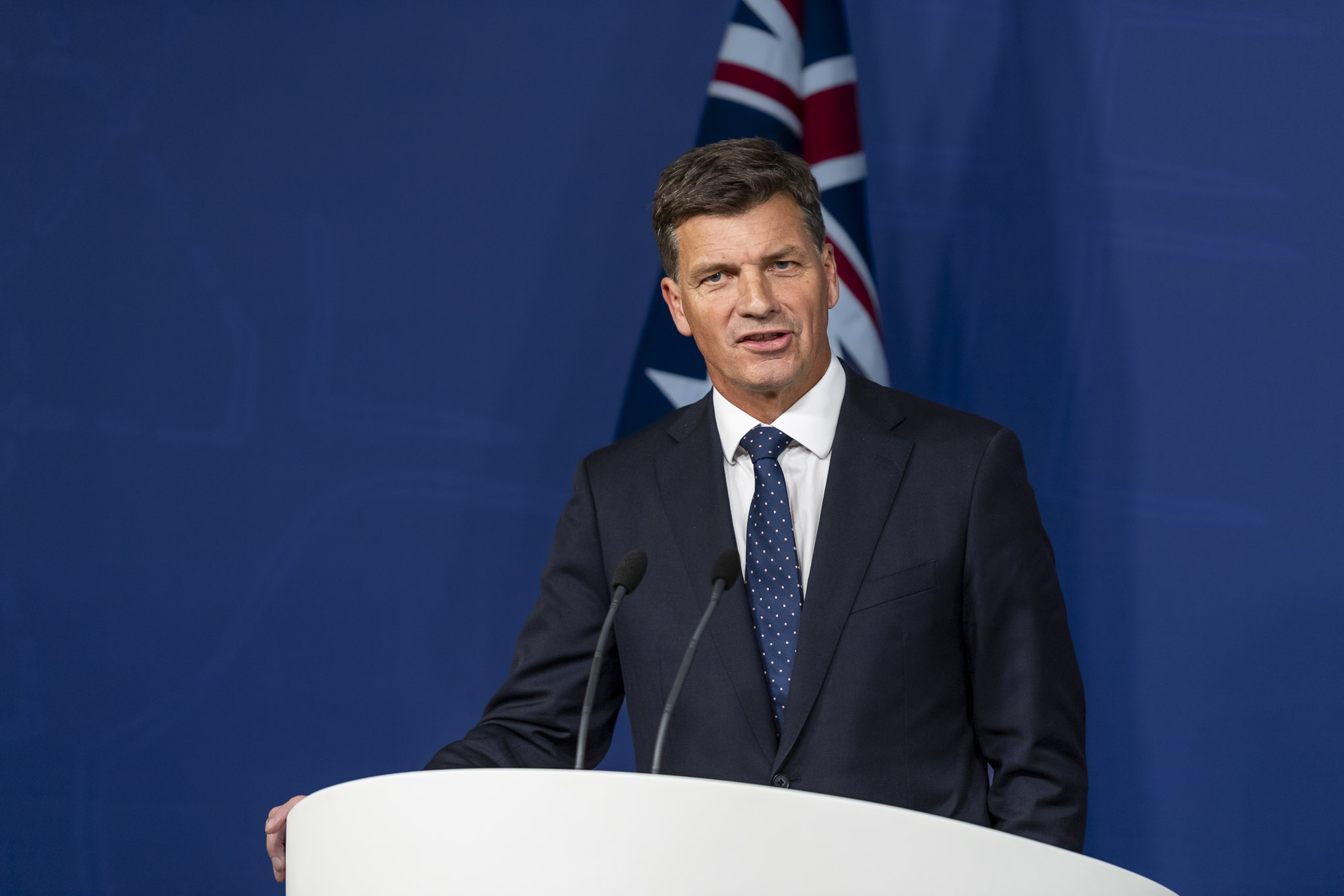
Mastering Low-Light Photography: Best Camera Settings With and Without Flash Low-light photography can be a creative playground or a technical challenge—often both. Whether you’re capturing

Why Posing Matters in Portrait Photography Posing isn’t about stiff limbs or forced smiles—it’s about bringing out the best in your subject. Whether you’re working
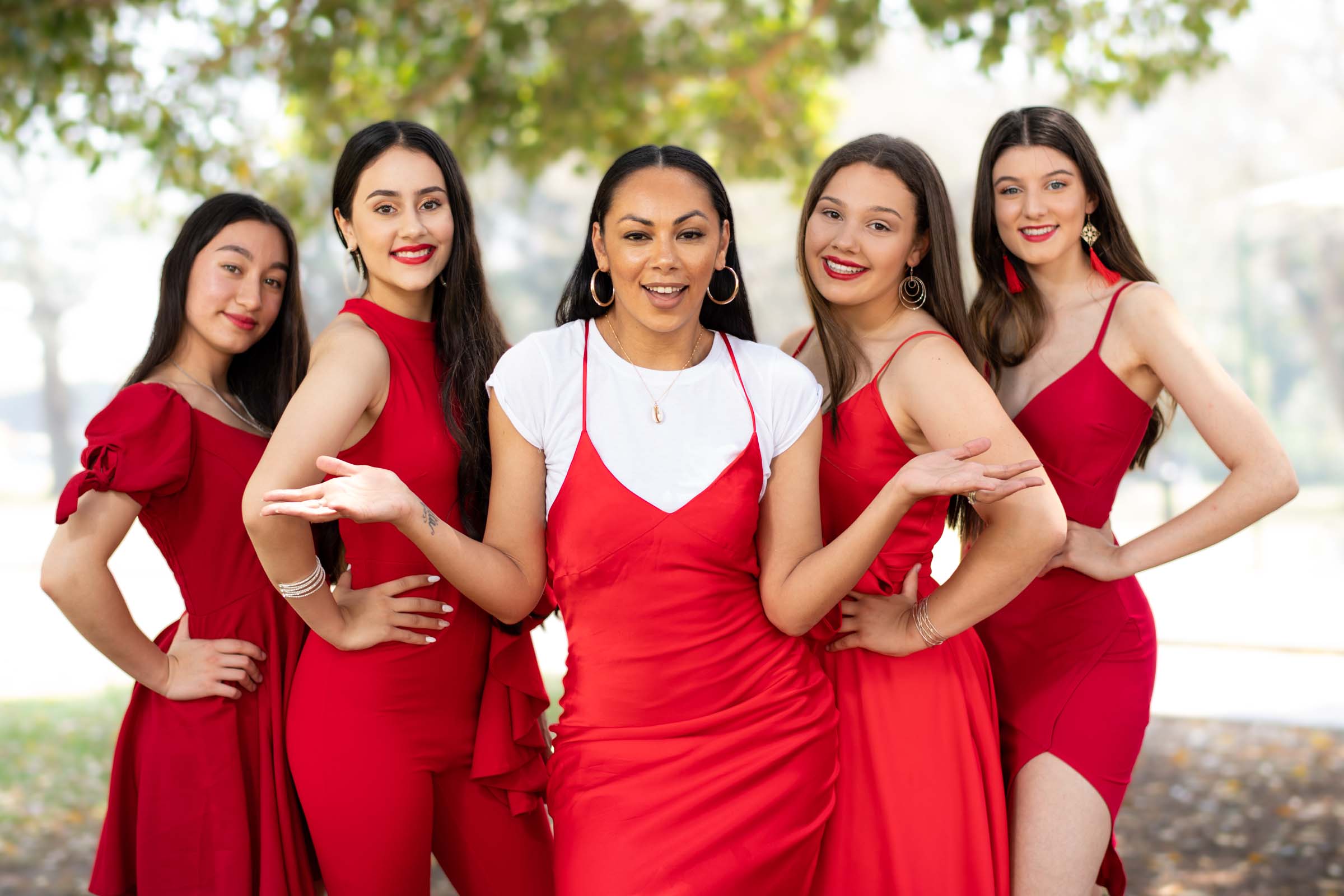
The Power of Open Body Language in Photography When it comes to capturing natural, powerful portraits, body language speaks louder than lighting, gear, or even

How Do I Balance Flash with Ambient Light Balancing flash with ambient light is a key skill that separates average photos from beautifully lit, professional-looking

A Photographer’s Guide to Creative Expansion In photography, light isn’t just an element—it’s the language we speak.And when it comes to natural light, we are
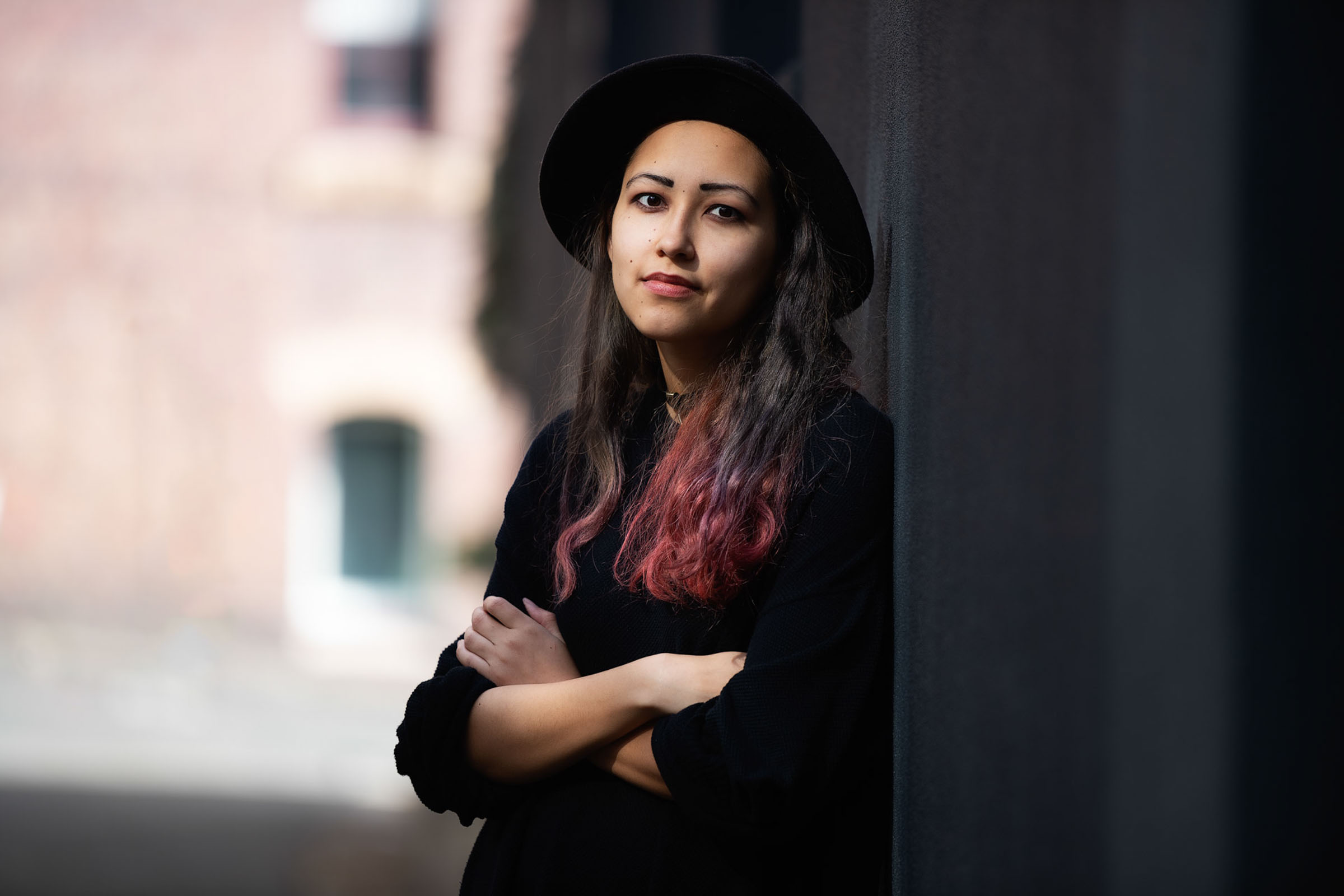
A Beginner’s Guide to Beautiful Lighting Natural light is one of the most beautiful and accessible tools in a portrait photographer’s toolkit. But to truly

what you need to know Getting sharp images is a combination of good technique, the right settings, and proper camera handling. Here’s what you need
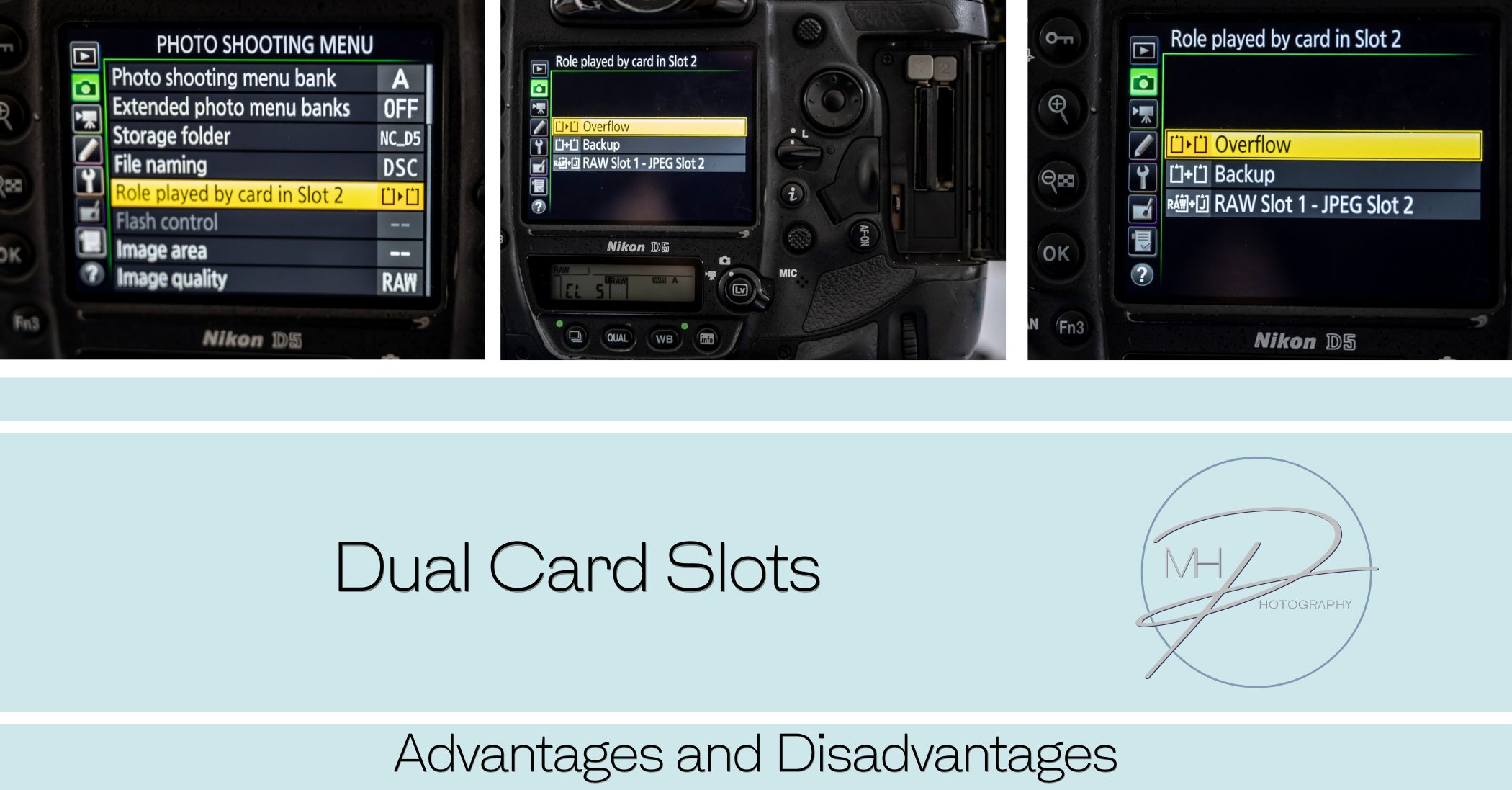
Many professional cameras offer dual card slots, allowing photographers and videographers to use two memory cards simultaneously. This feature enhances workflow efficiency, data security, and
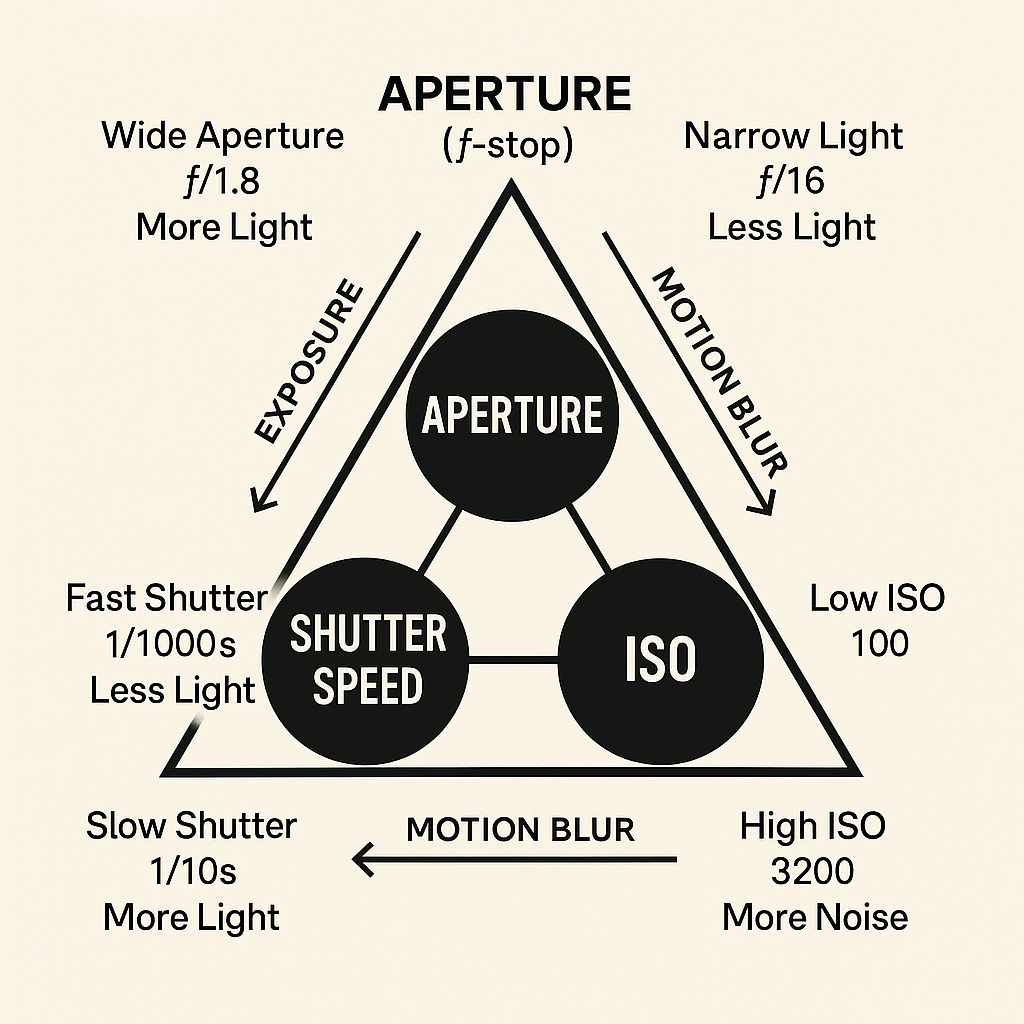
The exposure triangle The exposure triangle is a fundamental concept in photography that explains the relationship between three key elements that control the exposure (brightness